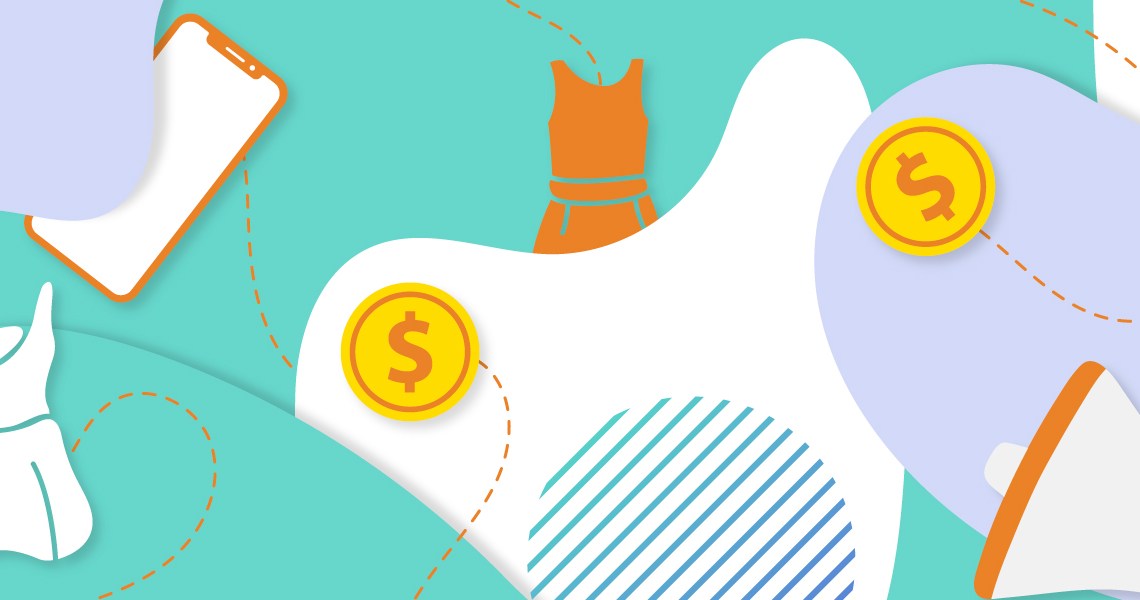At first glance, the threats faced by brands in 2020 — however existential — may not seem to bear mentioning alongside the life-and-death struggles encountered by individuals. It was, of course, people stricken with a new disease that struggled to survive, to keep their families and friends safe and to support themselves somehow as the economy slumped.
Meanwhile, businesses — many of which had long relied on in-person retail — scrambled to shore up shrinking revenue through new digital sales and marketing channels. Amid all these changes, they tied their fortunes to the community at large, weaving charity and social good into the very foundations of their business models.
For Anatomie, a luxury women’s clothing brand specializing in athleisure and business casual attire, there was no choice to be made between social good and business success. Indeed, the brand concluded that the two were closely linked. It was a move that did worlds of good for worthy nonprofits — all while boosting brand affinity and revenue.
The strategy is known as cause marketing. Here’s how Anatomie mastered it.
A year that called for social good from businesses
Before venturing into the world of cause marketing, Anatomie began with a straightforward plan: In a year of historic societal need — commit to social good.
“It was a very critical year to help the community,” said Kate Boyer, Anatomie’s CEO. “One in seven kids in America go hungry during the holidays. And then there’s everything going on in war zones and other terrible situations around the world. The company has a social responsibility to do something good, and the fact that we might lose some of our profits to charities is how it should be.”
And so, starting in early May, Anatomie brought aboard a cause marketing platform to streamline and facilitate its customers’ charitable contributions. And that’s when the brand discovered something remarkable: Being a good corporate citizen didn’t undermine revenue at all; it boosted it.
How to get started with cause marketing
Anatomie’s initial goal was simple: Make it easier for e-commerce shoppers to donate a portion of their purchases to worthy charities. But there were complications involved.
“A lot of brands bail out of charity work because they get intimidated,” said Boyer. “It’s a big task. You can’t always know if a charity is real. It may be hard to wire money to certain organizations. There can be tax consequences. There are legalities that come into play. You can be fined.”
Anatomie solved this problem by partnering with the cause marketing platform ShoppingGives, which did the legwork on behalf of the brand. “Our platform has a database of all the 501(c)s in the country,” said Boyer. “The fact that we now have a database of all the approved nonprofit organizations in the country gives us confidence that the money that our ladies donate will end up in the right place.”
It’s unfortunate but true: For brands, the world of charity is a minefield of potential ethical and legal transgressions. By turning to a third-party partner, Anatomie was able to navigate it.
As goes charity, so goes revenue
As an independent fashion brand that champions sustainable practices, Anatomie was already intimately connected with a customer base that prized social responsibility — exactly the kind of customers that would reward or penalize a brand based on whether or not it facilitated charitable giving.
Anatomie quickly learned that its customer base — realizing the brand’s e-commerce platform had made it easy to donate to charity — rewarded the company with a surge in brand affinity. Not only that, customers who donated to charity through Anatomie’s platform tended to spend significantly more on merchandise. And the shift was measurable.
“When the customer feels like she’s helping a cause that she cares about, she’ll tend to spend more,” said Boyer. “If she knows that 10 percent of her money goes to No Kid Hungry, then instead of spending $300, maybe she’ll spend $500, knowing that $50 will feed two families. Two-thirds of our customers opt-in and pick a charity at checkout — and for those that do, the average order value is about 25 percent higher than the rest of them.”
Cause marketing promises a more direct customer relationship
Many brands that have onboarded a cause marketing platform have discovered another benefit: New targeting and analytics capabilities. Brands can leverage opt-in charitable donation data to understand their customers better and even identify customer segments that donated to various charities — data that can later be used for measurement and promotions.
Boyer says that improved analytics capabilities are another major expected benefit as Anatomie continues to navigate the world of cause marketing. “Through the platform, behavior patterns can be tracked and detected based on what part of the country or what zip code, or what they care about,” said Boyer. “And then campaigns can be built around that data. That takes a lot of time, data and customers. We’re getting there.”
Social good and self-preservation — hand in hand
As Anatomie discovered, there’s no reason for brands — especially those with socially conscious customers — to tighten their pockets and hoard their earnings at the expense of helping worthy causes. After a year like no other, customers are eager to support charities, as well as the brands that make it easier to support them.
“Brands that want to create more authentic relationships with customers, and drive higher-converting customer experiences will need to seek out the tools that can help them scale their charitable practices in ways that are simple and intuitive for customers — ones that are also safe and legal for the brands themselves,” said Ronny Sage, founder and CEO of ShoppingGives. “But first, brands need to realize that social good and sound business practices are not mutually exclusive. They’re closely connected.”




